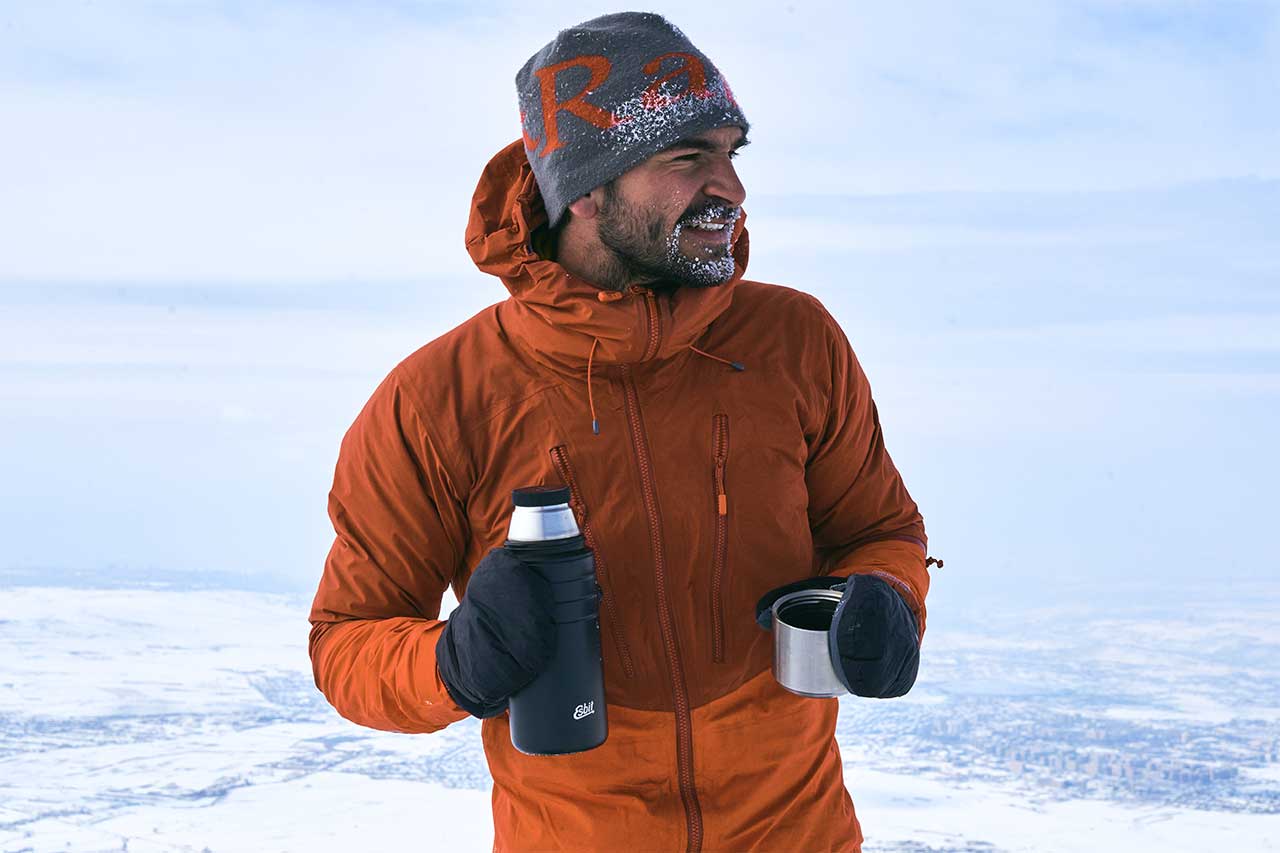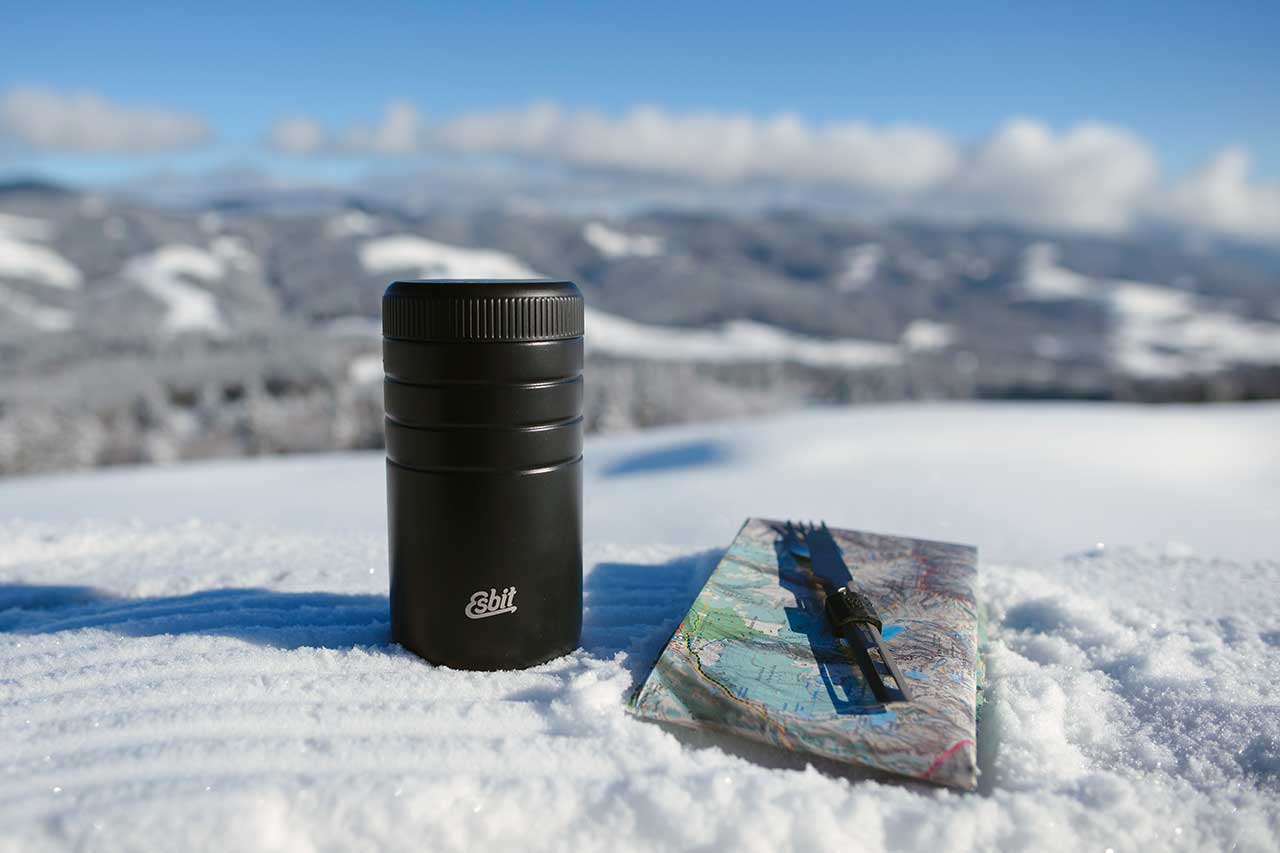You love being outdoors and refuse to be put off by the wind and bad weather? With these tips, you won’t need to abandon your outdoor adventure even when the temperature plummets:

1. A great combination for warm hands.
We’re sure you know about the onion principle. We recommend using it on your hands, not just your body. Instead of thick gloves, simply go for a combination of thin gloves with thicker mittens over them. What’s important here is that the gloves are not too thick, so that the individual fingers can give off heat to the mittens and these can provide the necessary insulation. For example, silk fabrics are ideal. If you would like to warm your hands from the inside too, you should make sure you have a spicy snack or drink with you. Chilli, ginger, pepper and the like stimulate the circulation, ensuring optimum heat distribution right down to the tips of your fingers.
2. Head first.
The body loses much of its heat through the head, so a thick woolly hat is a must-have for cold days. Combined with a tubular scarf, which you can also use to protect your face if necessary, this will protect your head perfectly.
3. On your toes.
Your feet should also be well protected, because if they get cold, your whole body will feel cold too. If you wear waterproof shoes, moisture builds up in the shoe and your feet will give off heat, making them feel even colder due to evaporation. For the best insulation, you should use thermal insoles. Make sure that your shoes are not too tight, with or without thermal insoles, since an additional insulating layer of air (as in the onion principle) needs to form around your foot.

4. Natural warmth from inside
In addition to proper clothing, you can also beat the cold through what you eat and drink:
Spicy seasoning such as ginger, chilli, pepper and the like stimulate the circulation and help improve the distribution of heat around the body. Ideally, you should drink a cup of ginger tea before leaving home – simply cut 2 cm of freshly peeled ginger into small pieces and pour hot water over it. You can keep the rest to take out with you in one of our ***vacuum flasks, so that you can keep topping up your heat stores. If tea’s not your thing, try a spicy vegetable soup. You can eat this at home before your trip, of course, or simply pour it into one of our ***food jugs and enjoy it while you’re out.
After all, how often you eat and drink is just as important as what you eat and drink. If your body is lacking nutrition and fluids when you’re out, your circulation is reduced, and then your hands and feet are the first to suffer from the cold.

5. Mental attitude – not to be underestimated.
It’s almost incredible, but your attitude to the cold, wind and rain has a massive influence on your perception. If you meet icy temperatures with a positive feeling, it won’t stop you from freezing, but it will help you handle it and make sure you don’t feel cold as quickly. So, think warm thoughts!
6. Toughening up: Practice makes perfect.
Habit, as much as mental attitude, also has a major role to play in our perception of cold. If you spend most of your time, for example, in well heated rooms and rarely venture outside the door, then the lower temperatures will seem colder to you. If you’re outdoors frequently, and face the wind and weather, your body gets more used to these conditions and you’ll feel the cold more slowly.
You can start toughening yourself up when you take a shower each day: Shower in hot and cold water alternately. This – like spicy food and drink – stimulates the circulation and the metabolism; at the same time, your body learns to deal with changing temperatures.


